Archie
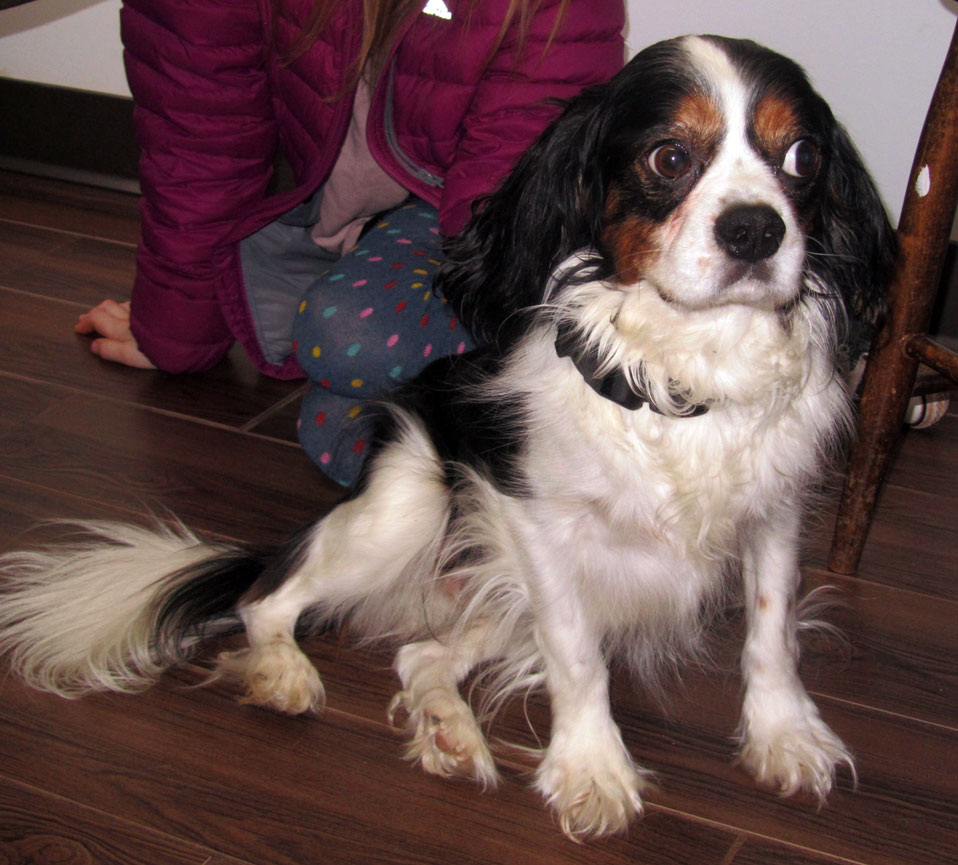
Archie is an incredibly sweet Cavalier King Charles Spaniel who moved with his family to Prince Edward Island from the UK when he was 4 years of age. At the time of his “big move”, he weighed just over 30 lbs. The following spring, Archie’s family became concerned because, in spite of having a good appetite and energy level, he started to lose weight very rapidly. He was examined by a veterinarian who performed an examination as well as basic blood tests and radiographs. Archie weighed in at only 19 lbs, having lost almost 35% of his body weight. No diagnosis was made at that time and Archie continued to lose weight.
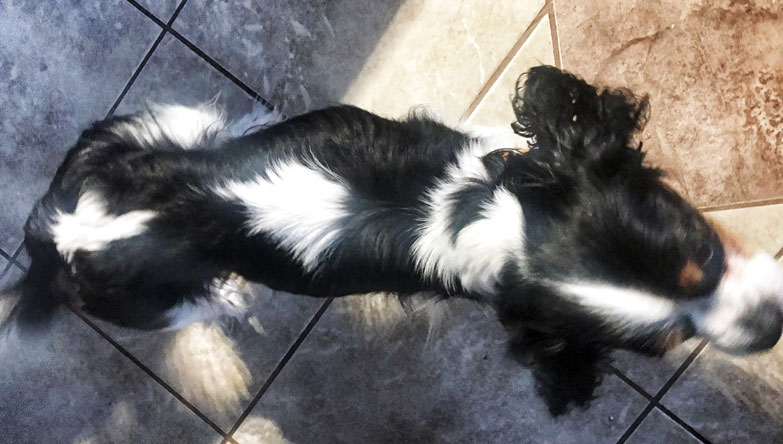
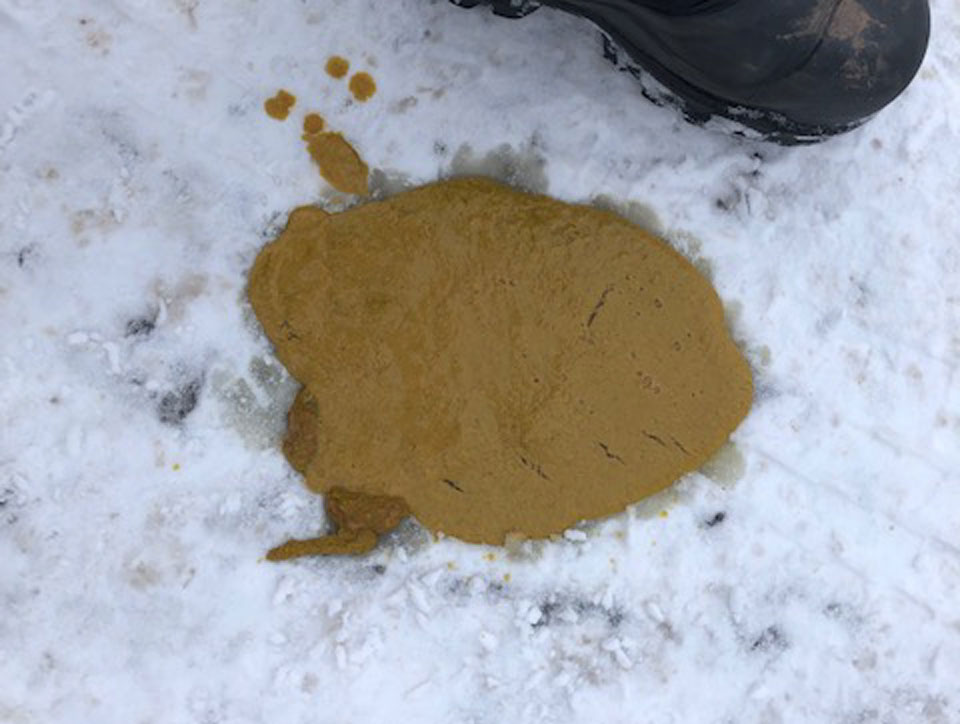
We first met Archie in crisis on New Year’s Eve, when he was presented to the New Perth Animal Hospital with severe dehydration from a haemorrhagic gastroenteritis. He weighed less than 15 lbs. Although it was obvious that Archie needed hospitalization and emergency treatment, we knew it was crucial to get to the bottom of his continued weight loss if we were to make a difference in the lives of Archie and his family.
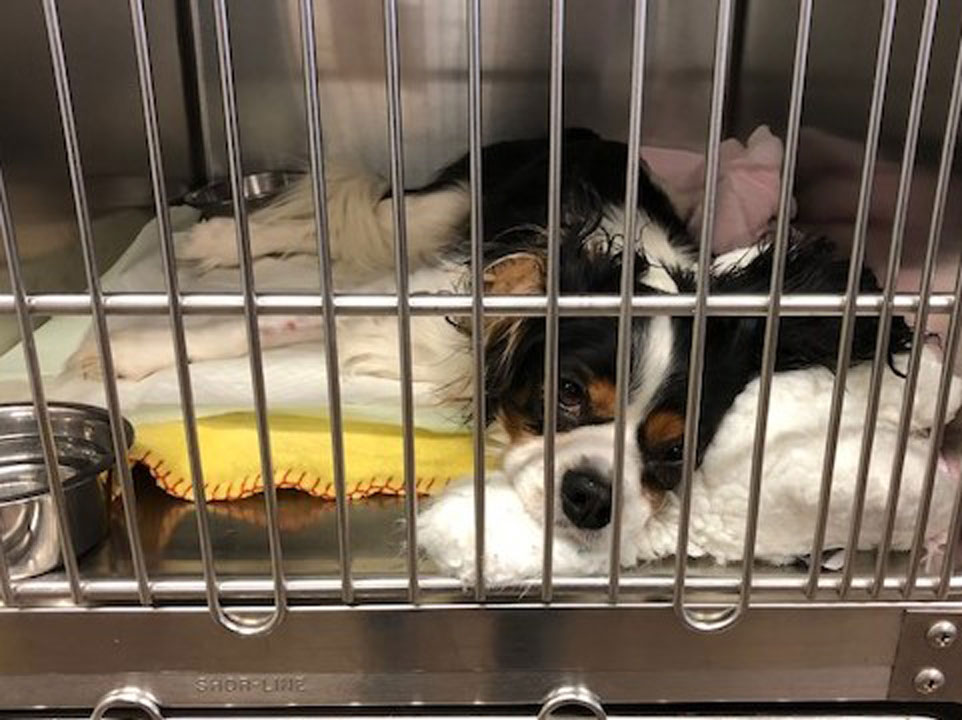
Sometimes a veterinarian’s job is like that of a detective and it is important to gather a lot of information. When you take your pet to the veterinarian, try not to become frustrated if they seem to have a lot of questions for you, even if some of those questions don’t seem to relate directly to the reason you are there. Believe me when I say that taking a complete and thorough history can go a long way towards helping make the right diagnosis. Sometimes what seems like a very small, insignificant detail is the very piece missing from the puzzle!
And Archie was obviously a puzzle, and a scary one at that. No pet should lose 50% of their body weight, especially when they are not overweight and do not need to lose weight! The information provided by Archie’s family in answer to our questions and in-clinic examination of his feces or stool provided the clues. A blood test (we had to wait 5 days for the results because the sample had to be sent off-island) provided the answer and we were all pretty excited with Archie’s test results.
The really good news is that Archie’s condition is treatable. Less than three weeks after starting what is actually a pretty simple treatment, Archie was back to see us and weighed a whopping 20 lbs!
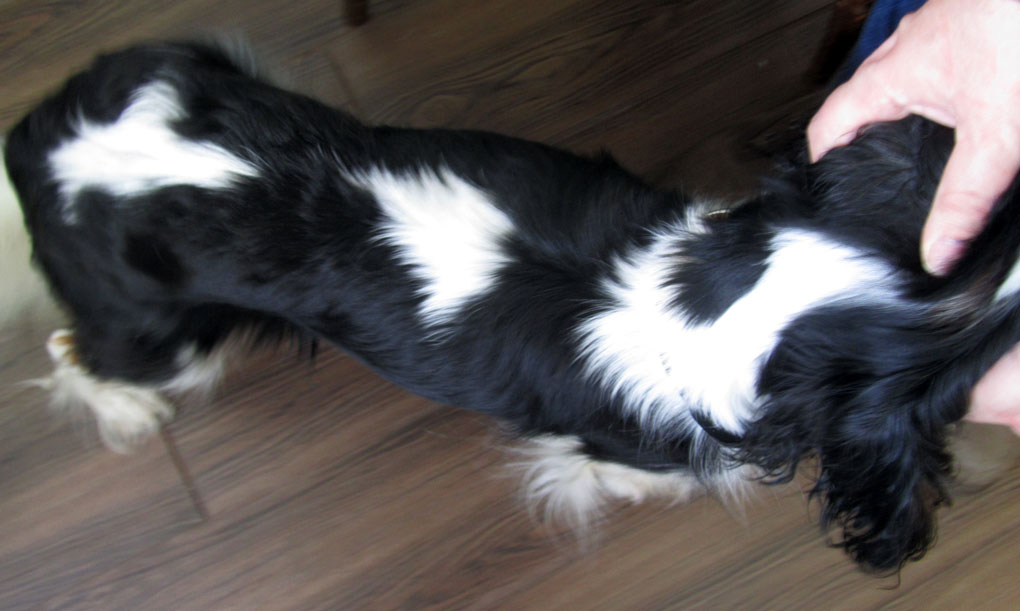
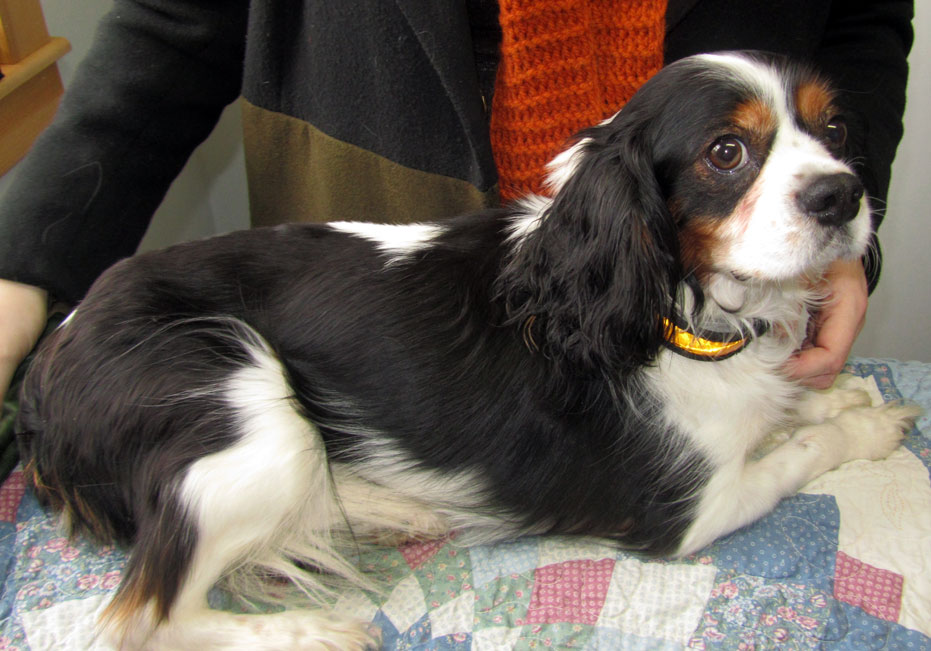
His very soft, often runny stools are normal now and he is gaining weight. Although he isn’t yet fully recovered, Archie is feeling “like a new man”. His family tell us he is happier and more energetic, acting his age instead of that of a little old man! Archie’s family were happy to share Archie’s story so if you’re interested in learning more about Archie’s diagnosis, read on.
Exocrine Pancreatic Insufficiency in Dogs and Cats
What it is: The pancreas is a small, pale pink glandular organ which lies just under the stomach in the curve of the upper small intestine. The pancreas is made up of two types of tissue; one type (endocrine) secretes hormones involved in the regulation of blood sugar and the other (exocrine) produces the enzymes used to digest food.
Digestive enzymes include amylase to digest starches, lipases to digest fats, and trypsin and proteases to digest protein. These enzymes are stored in inactive forms inside the pancreas until they are secreted into the duodenum when food is released into the upper small intestine from the stomach. Until digestion has occurred and nutrients are broken down into smaller molecules, they cannot be absorbed from the intestine into the bloodstream.
Without enough enzymes, food is not digested properly. Many food substances cannot be absorbed from the small intestine, resulting in malnutrition and weight loss. Increased undigested food in the small intestine encourages bacterial fermentation that produces diarrhea and can result in the absorption of bacterial toxins. Fat soluble vitamins are also not absorbed properly and signs of vitamin deficiency can occur.
Common Clinical Signs: If a dog cannot digest what we are feeding him/her, we can be feeding the very best quality of food and he will still suffer from malnutrition because he cannot absorb the nutrients and thus receives no benefit from them. Most pets with EPI will be voraciously hungry because they are, in fact, starving! We can expect him to have a nasty, greasy diarrhea or frequent, bulky, often pale stools as well as weight loss. Sometimes we will see vomiting. Often, a pet will develop a dry, dandruffy coat and they can become anemic from a vitamin B12 deficiency.
What Causes EPI: The most common cause of digestive enzyme deficiency in dogs is called “primary pancreatic acinar atrophy”, where the pancreas is gradually destroyed. While dogs are rarely born with this condition and any breed can be affected, it appears to have a genetic basis and is seen much more frequently in the German Shepherd (70% of cases) and the Rough Collie (20% of cases). The disease can be seen at any time but usually develops before 4 years of age.
Dogs can also develop exocrine pancreatic insufficiency (EPI) after recurrent bouts of pancreatitis have destroyed 85–90% of the exocrine secretory pancreas. When a dog develops EPI after 5 years of age, it is usually secondary to pancreatitis (a disease causing inflammation of the pancreas and subsequent scarring). Cancer of the pancreas can also lead to EPI though this is a rare cause.
In cats, chronic pancreatitis is the usual cause of exocrine pancreatic insufficiency. There does not appear to be a genetic basis but there is a rare association with pancreatitis and a parasite cats can pick up from eating grasshoppers.
Diagnosis Requires Specific Tests: Although taking a thorough history and looking at a fecal or stool sample can be helpful in suggesting a diagnosis of Exocrine Pancreatic Insufficiency, a blood test called a serum trypsin-like immunoreactivity test is what gives us our answer and confirms the disease. In normal animals, trypsin, an enzyme of protein digestion, is measurable in a blood test. A dog or cat with EPI will have almost no serum trypsin-like immunoreactivity in the bloodstream. The patient must be fasted for the test to be accurate, but only a single blood sample is needed to make the diagnosis.
Treatment: The good news is that a response to therapy is generally seen quickly and can be incredibly dramatic. The addition of pancreatic enzymes to the food is the mainstay of treatment. Powdered pancreatic enzymes are available commercially or raw pancreas can be purchased, measured into appropriate portions and stored frozen for at least three months.
Some patients respond best when an antacid is given to protect the pancreatic enzymes from being broken down before they can be of use and some patients will require vitamin supplementation, even by injection. Some patients may require an antibiotic to address the overgrowth of abnormal bacteria in the gut before their diarrhea will resolve.
Treatment is for life and without enzyme supplementation; all of the unpleasant symptoms will recur.




